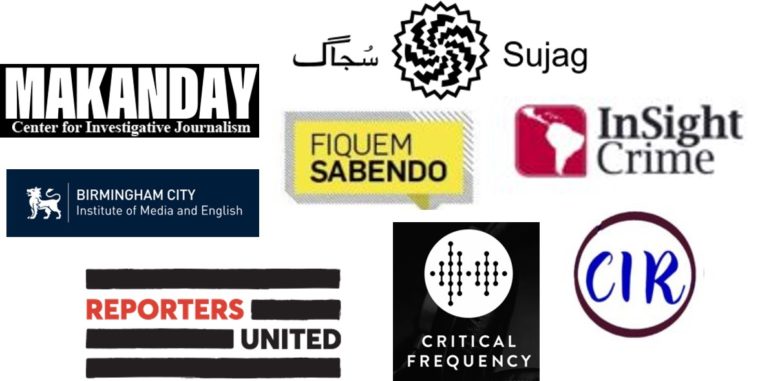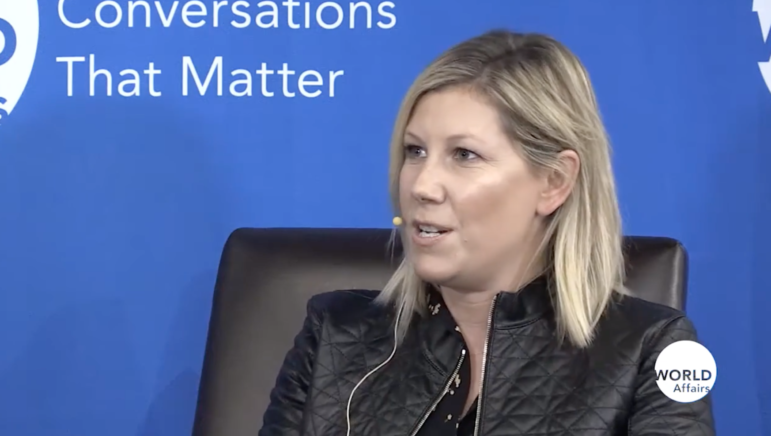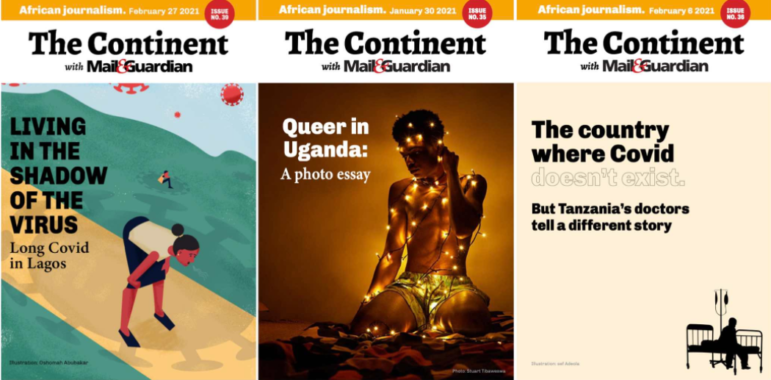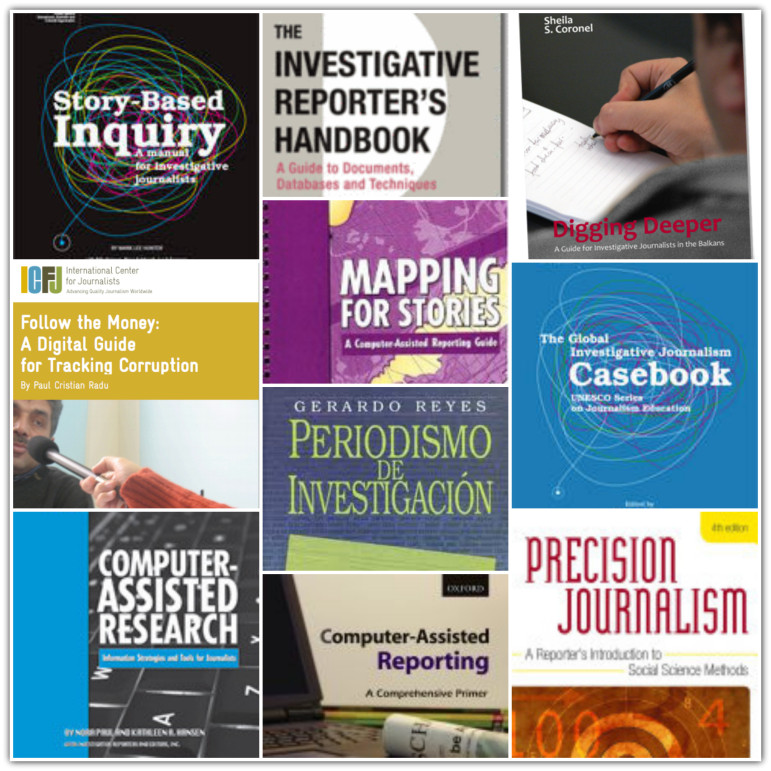
Data Journalism
Data Journalism Top 10: March Madness, Trafficking Tigers and Fish, Color Palettes, Vaccine Inequality, Domestic Work
A lack of comprehensive data can seriously hinder efforts to track illicit activities. But persistent reporters will always find a way to get a glimpse of the real picture. Our NodeXL #ddj mapping from March 15 to 21 found Oxpeckers investigating the trafficking of tigers in Europe and journalist Ben Heubl offering advice on investigating illegal fishing. We also feature an analysis of the global aviation crisis by the Financial Times, a guide to color scales by visual storytelling expert Lisa Charlotte Rost, and a look into the burden of unpaid domestic work by data analyst Hassel Fallas.









